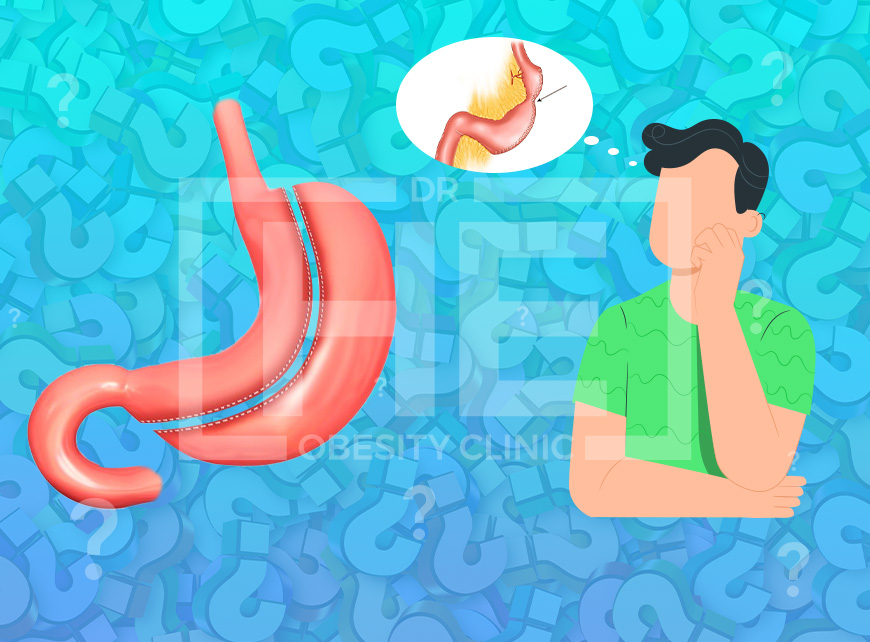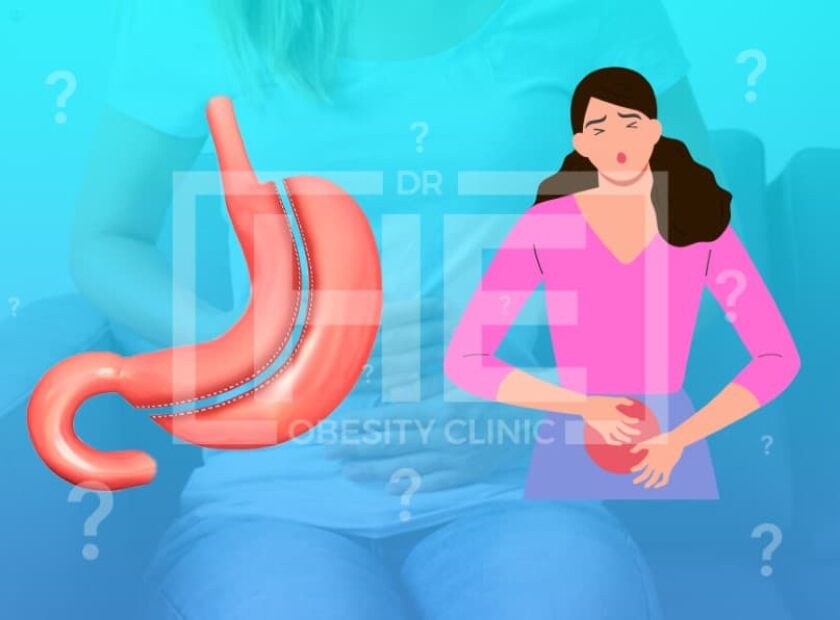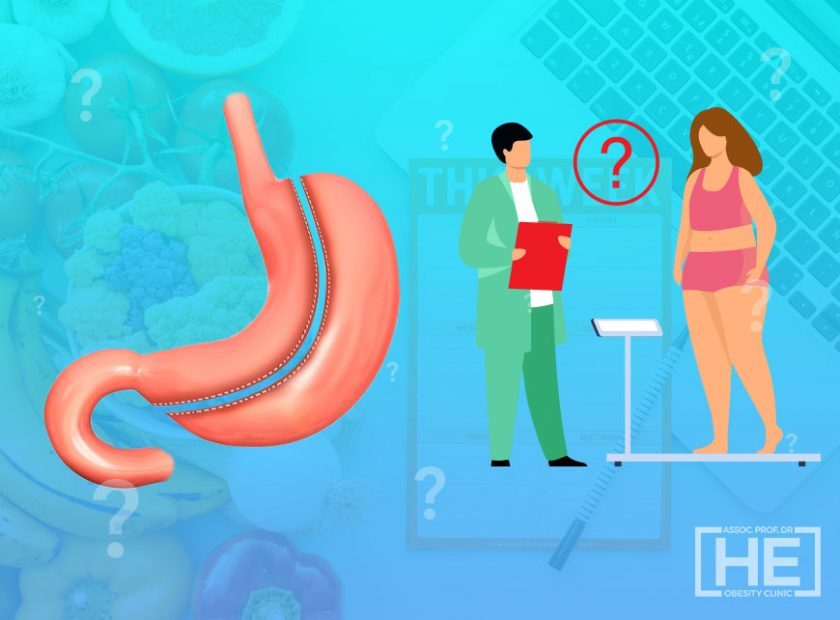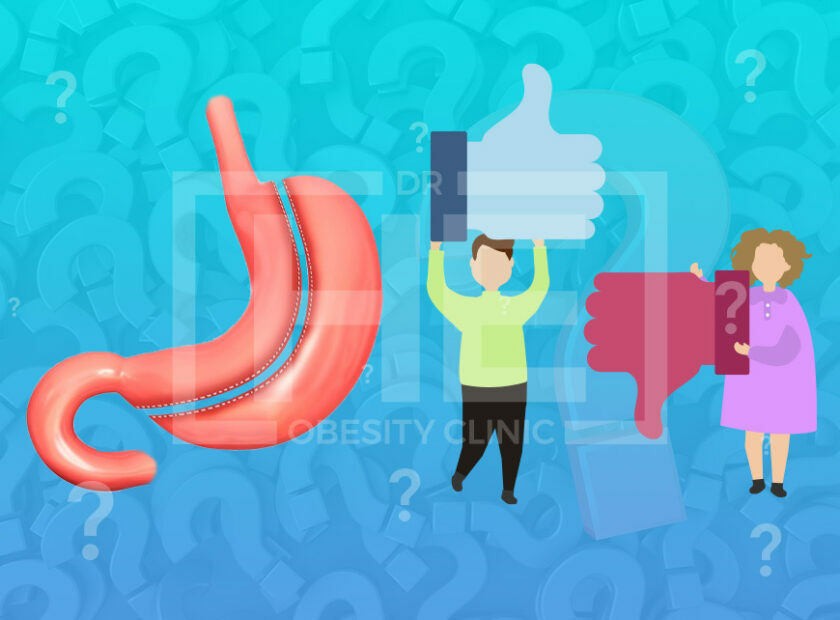
What Does a Stricture After Gastric Sleeve Feel Like? Strictures are scars that form after gastric sleeve surgery. These scars prevent food from entering the stomach and intestines. They can be acute or chronic, and can lead to difficulty swallowing and nausea.
Despite the fact that strictures are minor, they can still be serious. The most effective treatment for a stricture is endoscopic dilation, which is a surgery to widen the sleeve and restore its function.
A stricture after gastric sleev surgery occurs after the staple line is placed. Symptoms of a stricture include painful swallowing, abdominal fullness, and frequent vomiting.
In some cases, the problem may even persist for a long time. In such cases, patients will need emergency surgery and admission to a hospital. A late leak may lead to progressive pain.
A stricture after gastric sleeving surgery is very painful and may require surgery. However, it does not have to be painful. Most patients recover well from the procedure and return to normal life within two or three months.
The most common procedure for a stricture is an endoscopic dilatation, which is performed by a trained medical professional. Multiple treatments every four to six weeks can clear a stricture in approximately 4 to 6 weeks.
Although a stricture after gastric sling feels like a small scar, it is not painful. A stricture is a narrowing of the esophagus, which connects the throat to the stomach.
It can be treated with medication, and can be repaired surgically if the symptoms are severe. Once you’ve had your procedure, you’ll want to stay on a diet for a few months.
Symptoms of Stricture After Gastric Sleeve Surgery
Symptoms of a stricture after gastric sling are often characterized by the inability to swallow. The tightening of the esophagus makes it difficult for food to travel down the esophagus. If the stricture is due to scarring, it can lead to persistent symptoms. If you notice these symptoms, contact your surgeon.
What are the symptoms of stricture following gastric surgery
- Upset stomach, nausea
- Puking especially after eating
- Trouble occurs while swallowing
- After eating, you feel full for a long time.
- Trouble eating certain foods
- Dizziness
- Abdominal distention
The symptoms of this complication include a feeling of fullness in the upper mid-abdominal area. The patient may also experience pain when swallowing or experiencing difficulty swallowing. A gastric sleeve surgeon can fix a stricture with an endoscopic procedure in which a balloon is passed through the sleeve scar and the food pipe stretches.
A stricture after gastric sleeving is a narrowing of the new attachment between the stomach and small intestine. This is a painful and uncomfortable condition that may lead to dizziness, vomiting, and abdominal distention.
It is essential to keep hydrated, since a stricture can be potentially life-threatening. For this reason, your doctor will have to perform a partial gastrectomy.
What Causes Stricture to Occur After Gastric Sleeve Surgery?
In an effort to increase weight loss, some surgeons make a narrow stomach. This can lead to significant complications in patients with no long-term benefits. Another way strictures can occur is through re-sleeving. These strictures can be very weakening and often require surgery.
Balloon dilation using an endoscopy technique is often unsuccessful. A stricture patient should see a skilled revision surgeon to have it repaired. Strictures usually involve a narrow section of the
How Do I Know If I Need a Gastric Bypass Revision?
If you have had a gastric bypass, you may be eligible for an endoscopic revision. An endoscope is inserted through the mouth and down the esophagus into the stomach.
The scope contains a camera that can be used to examine the stomach pouch and the stoma, the opening into the digestive tract. If necessary, the procedure can reduce the size of the pouch or the stoma.
A gastric bypass revision may be needed if you’ve experienced a plateau in your weight loss. While weight plateaus are common, they don’t necessarily signal the need for a revision.
Some patients may experience weight plateaus for years and fail to respond to lifestyle changes. If you are considering a revision, consult with your surgeon to determine the best course of action. Once you’ve decided on the procedure, make sure that your doctor is on board with it.
If you’ve had a previous gastric bypass, it’s likely that you’ve noticed some discomfort, including acid reflux. While frequent heartburn is normal after bariatric surgery, it’s not a sign that you need a revision.
However, if your heartburn has become more frequent or isn’t controlled by diet and over-the-counter medications, it’s time to consider a revision.
Fortunately, revision surgery can help normalize your acid reflux. Combined with a healthy lifestyle change, revision surgery can improve the condition and eliminate the need for medications.
How Common Are Strictures After Gastric Sleeve?
In a small percentage of cases, strictures—or narrowing of the stomach or intestine—can happen following gastric sleeve surgery. Constipation can result in symptoms like nausea, vomiting, and difficulty swallowing. The majority of the time, they can be treated with drugs or dilation techniques, but occasionally, additional surgery may be required. It is crucial to consult a medical expert if a stricture is thought to exist.





